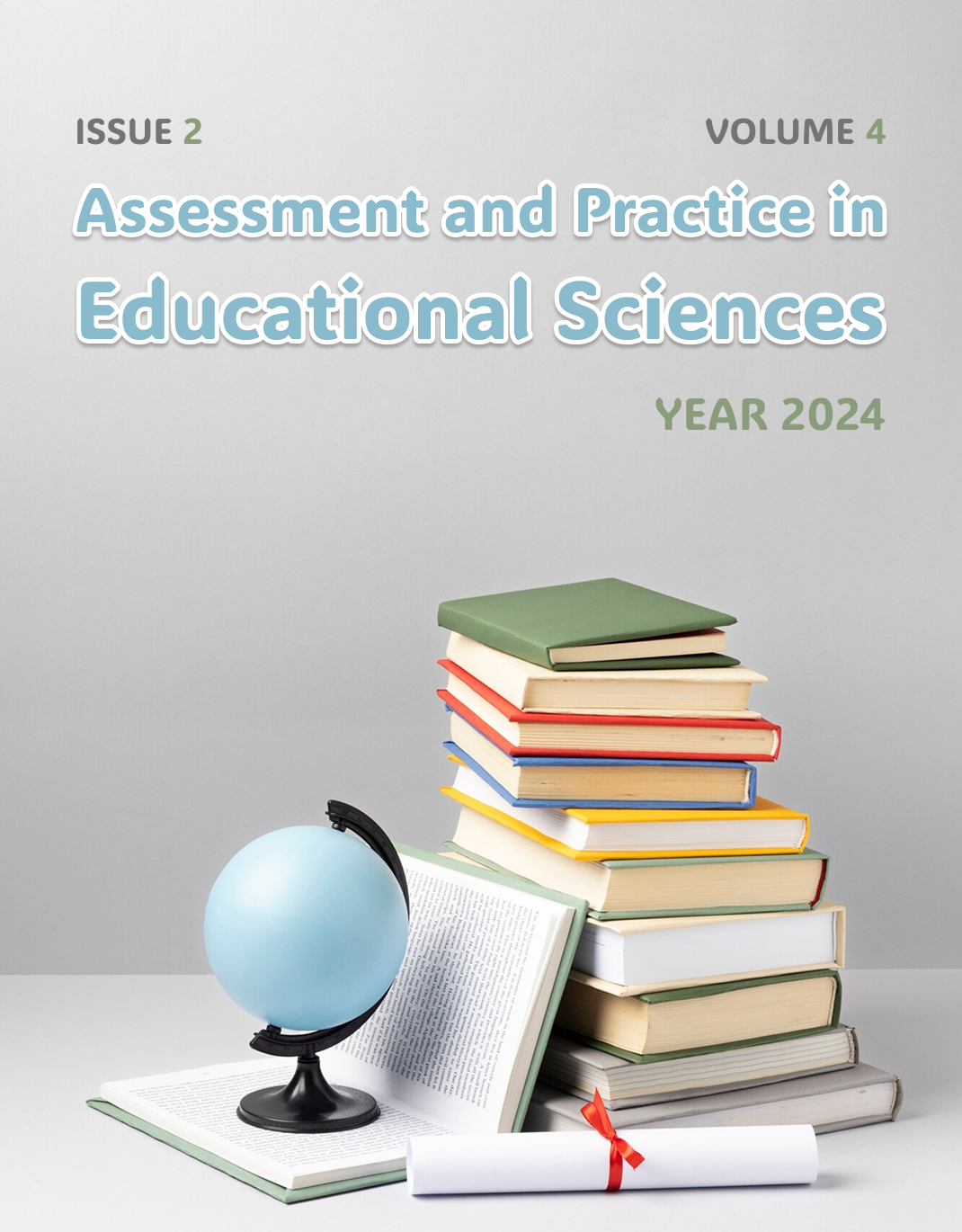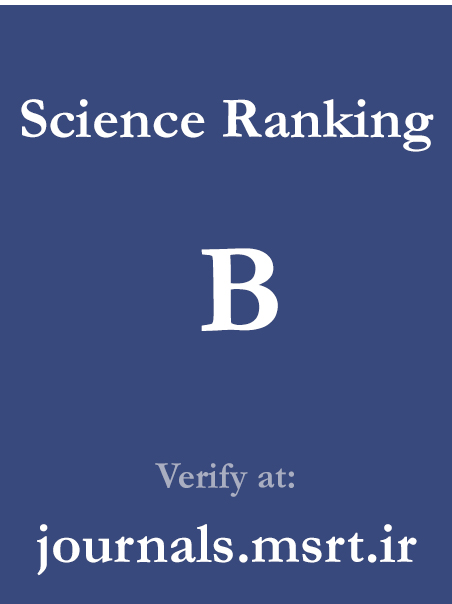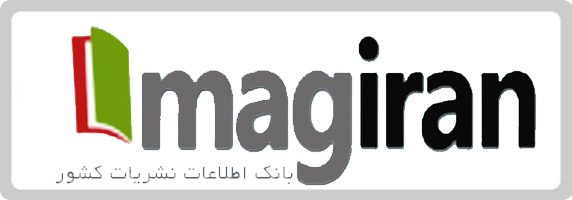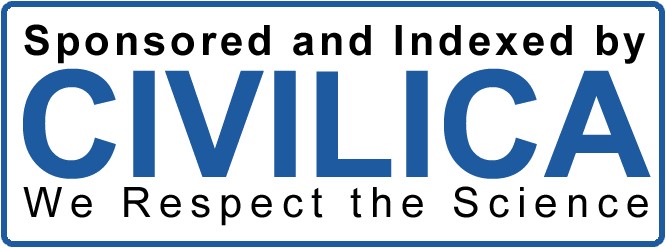Modeling Modern Public Services with an Approach to Urban Social, Economic, and Environmental Sustainable Development in Mazandaran Municipalities
Keywords:
Modern public services, social development, economic development, environmental developmentAbstract
This study, employing a mixed-methods approach, aims to model modern public services with a focus on urban social, economic, and environmental sustainable development in the municipalities of Mazandaran Province. The qualitative population included faculty members in the fields of public administration, urban management, urban planning, and city design at higher education institutions, as well as mayors, city council members, and senior managers of municipalities across the country. For the validation phase, the target population consisted of subject-matter experts and knowledgeable professionals in Mazandaran Province. In the quantitative phase, the population included senior and mid-level managers from municipalities in Mazandaran and eight affiliated municipal organizations: Fire Department, Transportation Organization, Cemetery Organization, Waste Management Organization, Construction Organization, Cultural–Social–Sports Organization, Urban Landscape and Beautification Organization, and the Fruit and Vegetable Markets Organization, across 62 municipalities with a total of 554 participants. In the qualitative phase, 19 experts were selected through snowball sampling. For the validation phase, 17 experts were selected using purposive sampling, and in the quantitative phase, 228 participants were selected through stratified random sampling. Data analysis in the qualitative phase was conducted using thematic analysis through initial coding, theme development, and theme refinement based on semi-structured interviews. In the validation phase, a three-round Delphi method was applied using an expert review checklist. In the quantitative phase, structural equation modeling (SEM) was used with a 96-item questionnaire. To assess validity and reliability in the qualitative phase, necessary measures such as credibility (expert review), confirmability (expert feedback), and intra-thematic agreement were employed. In the validation phase, the content of the expert checklist was confirmed by experts in terms of clarity and comprehensibility, and its reliability was confirmed through the test-retest method with a coefficient of 0.88. In the quantitative phase, the questionnaire’s validity was confirmed through face validity, content validity (CVI between 0.80 and 1.00 and CVR between 0.50 and 0.90), and construct validity (convergent validity range between 0.563 and 0.730 and discriminant validity higher than inter-construct correlations). The questionnaire’s reliability was confirmed through factor loadings (greater than 0.40), Cronbach's alpha (ranging from 0.710 to 0.830), and composite reliability (ranging from 0.794 to 0.890). According to the qualitative findings, the final model comprises six main themes: (1) Sustainable and Participatory Governance, (2) Social Justice and Inclusive Services, (3) Sustainable Resource and Environmental Management, (4) Technology and Innovation in Public Services, (5) Economic Sustainability and Financial Empowerment, and (6) Citizen Education and Cultural Development; along with 24 sub-themes and 96 indicators. The validation phase findings confirmed the research components by expert consensus. Finally, the results of the quantitative phase supported the validity and explanatory power of the proposed model in a real-world statistical population.
Downloads
References
1. Bozorginezhad M, Memarzadeh Tehran GR, Faghihi A. Analysis of new public services in the policy-making cycle (Case study). Farayand-e Modiriat va Toseeh. 2019;32(4):3-58. doi: 10.29252/jmdp.32.4.3.
2. Ugoani J. New Public Management and Governance Sustainability in Nigeria. 2024. doi: 10.2139/ssrn.4733984.
3. United N. Urbanization and Development: Emerging Futures; World Cities Report: United Nations Publication; 2016.
4. Nassar DM, Elsayed HG. From Informal Settlements to sustainable communities. Alexandria Engineering Journal. 2018;57:2367-76. doi: 10.1016/j.aej.2017.09.004.
5. Ono H, Kidokoro T. Understanding the development patterns of informal settlements in Nairobi. Japan Architectural Review. 2020;3(3):384-93. doi: 10.1002/2475-8876.12161.
6. Sharma A, Tiwari G, Rao KR. Identifying mixed use indicators for including informal settlements as a distinct land use: Case study of Delhi. Transportation Research Procedia. 2020;48:1918-30. doi: 10.1016/j.trpro.2020.08.224.
7. Galego D, Esposito G, Crutzen N. Sustainable urban development: A scoping review of barriers to the public policy and administration. Public Policy and Administration. 2024. doi: 10.1177/09520767241266410.
8. Ra'is Ghanavati K, Shamsoddini A, Heidari AA. Explaining the key drivers affecting the sustainable development of the port city of Mahshahr with a future research approach. Barnameh-rizi va Amayesh-e Faza. 2022;26(1SP - 173):199.
9. Ghafeli N, Chenari V, Tamimi M, Makvandi F, Amirnejad G. Identifying factors and indicators of a justice-oriented public service model based on new smart technologies. Faslname-ye Bazaryabi-ye Khadamat-e Omoomi. 2024;3(1).
10. Melore TW, Nel V. 'Resilience of informal settlements to climate change in the mountainous areas of Konso, Ethiopia and QwaQwa, South Africa'. Jàmbá: Journal of Disaster Risk Studies. 2020;12IS - 1:1-778. doi: 10.4102/jamba.v12i1.778.
11. Gheitasi Vand F, Sharifzadeh F, Kazemian G, Hoseinpour D. Designing a public policy-making model with a network governance approach; Case study: Public transportation in Tehran. Siasatgozari-ye Omoomi. 2020;6(1):87-110.
12. Bozorginezhad M, Memarzadeh Tehran GR, Faghihi A. Identification and explanation of the dimensions of new public services in the policy-making cycle of Tehran Municipality with a neuro-fuzzy inference approach. Faslname-ye Modiriyat-e Toseeh va Tahavol. 2021;3(44):1-9.
13. Gheitasi Vand F, Sharifzadeh F, Hoseinpour D, Kazemian G. Investigating the factors affecting the success of formulating public policies for urban management in Tehran. Modiriyat-e Sazmanhaye Dolati. 2020;8(4):43-56.
14. Guo X. Exploration of Urban Development Models and Sustainable Development of Urban Economy in the Digital Process. SHS Web of Conferences. 2024;200:1-5. doi: 10.1051/shsconf/202420001021.
15. Hofmann P, Taubenböck H, Werthmann C, editors. Monitoring and modelling of informal settlements-A review on recent developments and challenges. Proceedings of the Joint Urban Remote Sensing Event (JURSE); 2015 30 march 1 April.
16. Aba't S, Rezasadeh MH, Karimian Bostani M. Foresight of urban development with an approach to infrastructure development (Case study: Ardabil city). Amayesh-e Mohit Quarterly. 2020;13(50):21-8.
17. Ghazi Nouri S, Kazemi H, Roshani S, Redaei N. Review of goals and policy instruments in documents related to science and technology. Faslname-ye Siasat-e Elm va Fanavari. 2015;7(3):71-86.
18. Baratalipour M. Modeling social justice policy in post-revolutionary Iran; a response to the inconsistency of two ontological and normative narratives. Pazhuhesh-e Siasat-e Eslami. 2015;3(8SP - 33):56.
19. Karimzadeh H, Naseri R. Spatial analysis of access to urban public services with emphasis on the management of municipal fees (Case study: Tabriz). Eghtesadi-ye Shahri. 2017;2(2):83-98.
20. Abouei Ardakan M, Labbafi S, Azarpour S, Jalalpour M. Identifying critical success factors of strategic thinking from the perspective of managers of cultural organizations in Isfahan. Pazhouheshnameh-ye Modiriyat-e Ejraei. 2014;6(11):13-34.
21. Irwandi, Pratomo S, Febri C, Indarti S. Public-Private Partnerships For Sustainable Urban Development: Lessons From Indonesian Cities. VISIONER Jurnal Pemerintahan Daerah di Indonesia. 2024;16(1):71-81. doi: 10.54783/jv.v16i1.1047.
22. Jideonwo JA. Ensuring SustainableWater Supply in Lagos, Nigeria: University of Pennsylvania; 2014.
Downloads
Published
Submitted
Revised
Accepted
Issue
Section
License
Copyright (c) 2024 Seyed Hadi Fazli Vostacalaii, Alireza Koushkie Jahromi, Mohammad Hassan Shakki, Hamid Azadi Reikandeh (Author)

This work is licensed under a Creative Commons Attribution-NonCommercial 4.0 International License.




